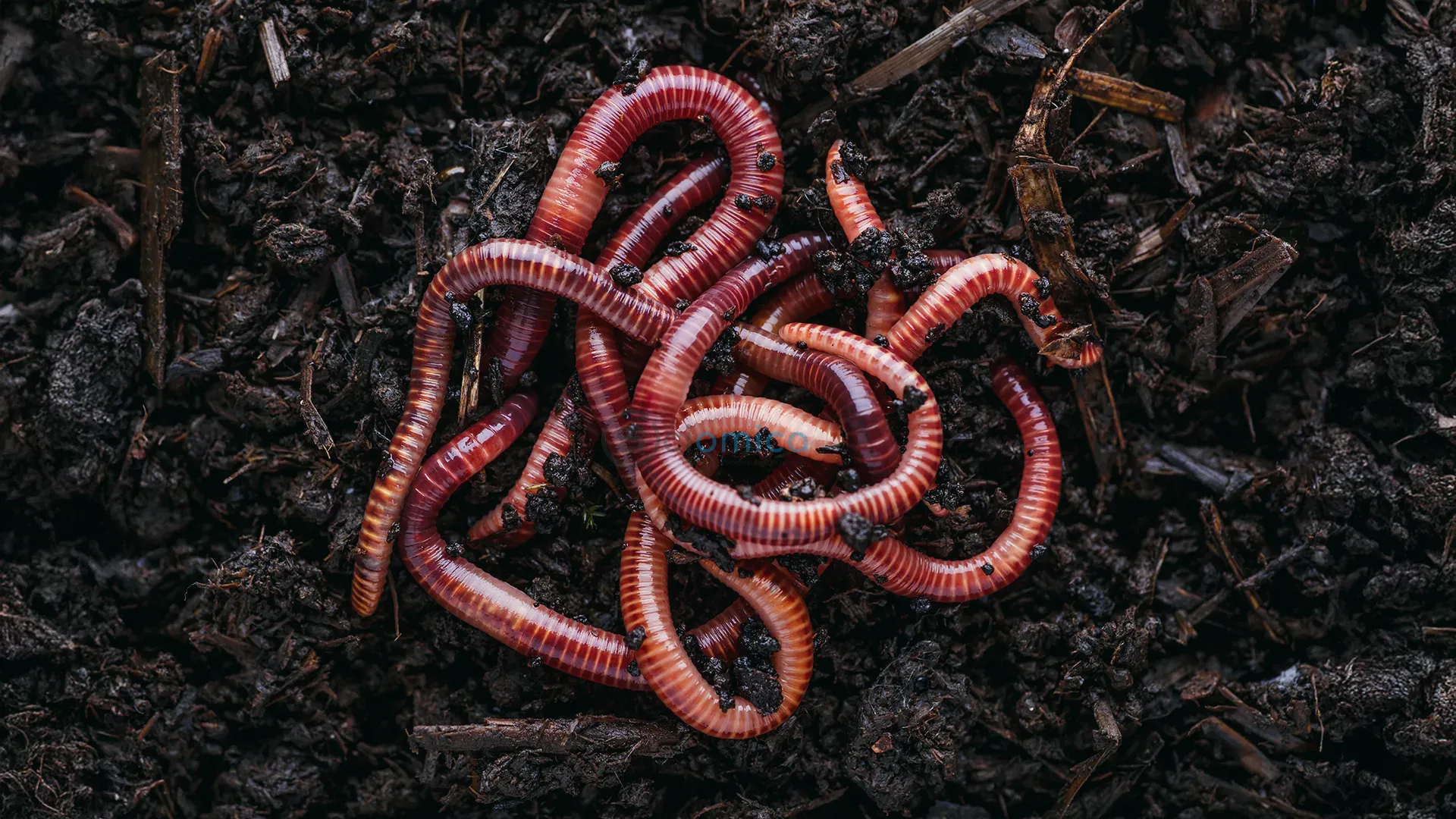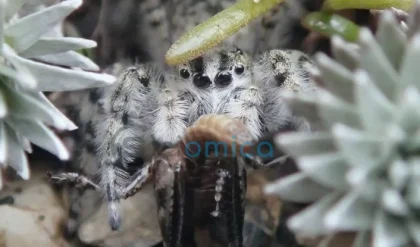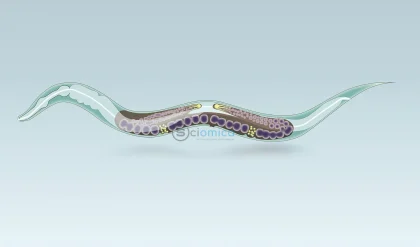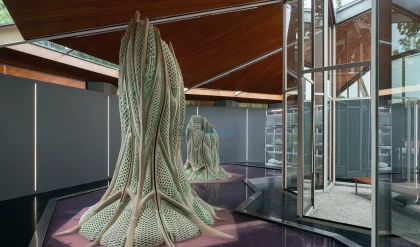
In a groundbreaking study, researchers at the Institute of Evolutionary Biology (IBE), a collaboration between the Spanish National Research Council (CSIC) and Pompeu Fabra University (UPF), have unveiled new insights into the evolutionary transition of marine animals to terrestrial life. This research bolsters the punctuated equilibrium theory, which posits that species remain stable for extended periods of time, only to undergo rapid evolutionary changes in bursts.
Historically, the fossil record has been a critical area of study for evolution, but it has often presented gaps, particularly regarding intermediate species. Charles Darwin theorized a slow and gradual evolution, yet the fossil evidence has frequently contradicted this notion, revealing a lack of transitional forms. This realization led palaeontologists Stephen Jay Gould and Niles Eldredge to formulate the punctuated equilibrium hypothesis in 1972, suggesting that the stability of species is periodically interrupted by swift and significant evolutionary changes.
The recent research conducted by the IBE team investigated the genomes of marine annelids, a type of worm, revealing startling transformations when these organisms adapted to life on land over 200 million years ago. The research indicates that these marine worms underwent dramatic genomic reorganization, challenging the existing understanding of genome evolution. Unlike the gradual modifications predicted by traditional theories, the results demonstrate that these worms experienced profound genetic upheaval in isolated bursts, aligning with the tenets of punctuated equilibrium.
To arrive at these findings, the team successfully sequenced the high-quality genomes of several earthworm species, achieving precision comparable to human genome studies. This effort allowed researchers to trace evolutionary changes back to the ancestors of these organisms, earlier than any other studies of this kind. The results revealed an unexpected pattern: rather than slowly evolving, the annelids underwent quick, extensive genomic restructuring.
The findings suggest that these marine worms fragmented their genetic material into numerous pieces, later reconstructing it in a new configuration as they ventured onto land. This radical reorganization has implications for our understanding of how animal life has adapted to various environments. Rosa Fernández, the lead researcher, emphasized that this extreme genetic adaptation could have enabled worms to respond swiftly to new terrestrial challenges like air breathing and sunlight exposure, resulting in the formation of novel genetic combinations.
Moreover, the study illuminates the flexibility of the chromosomes in modern worms, which seems to facilitate this dramatic reorganization. Unlike the more rigid genomic structures of vertebrates, this flexibility may have allowed for a dynamic rearrangement of genes, promoting successful adaptations.
While these findings align with the punctuated equilibrium model, they also raise questions regarding the implications for longer-term evolutionary stability. The study suggests that what was once believed to be a consistent genomic architecture may actually represent an exception rather than the rule among animals. The researchers connected this phenomenon to chromoanagenesis, a process observed in cancerous human cells, indicating that rapid genomic alterations can be tolerated in some contexts, potentially providing a unique evolutionary advantage.
This research contributes to an ongoing debate about the mechanisms of evolution, asserting that both Darwin’s gradualism and Gould’s punctuated equilibrium can coexist as complementary explanations. By unveiling the genomic underpinnings of such significant evolutionary moments, this study not only enriches our comprehension of animal evolution but also opens the door for future inquiries into the genomic diversity of less-studied invertebrates, potentially reshaping our understanding of how genomes are structured and function. With vast uncharted genetic landscapes among invertebrates, this research stands to inform and challenge existing dogmas regarding the evolutionary process.
Reference:
- Carlos Vargas-Chávez, Lisandra Benítez-Álvarez, Gemma I. Martínez-Redondo, Lucía Álvarez-González, Judit Salces-Ortiz, Klara Eleftheriadi, Nuria Escudero, Nadège Guiglielmoni, Jean-François Flot, Marta Novo, Aurora Ruiz-Herrera, Aoife McLysaght, Rosa Fernández. An episodic burst of massive genomic rearrangements and the origin of non-marine annelids. Nature Ecology & Evolution, 2025; DOI: 10.1038/s41559-025-02728-1






